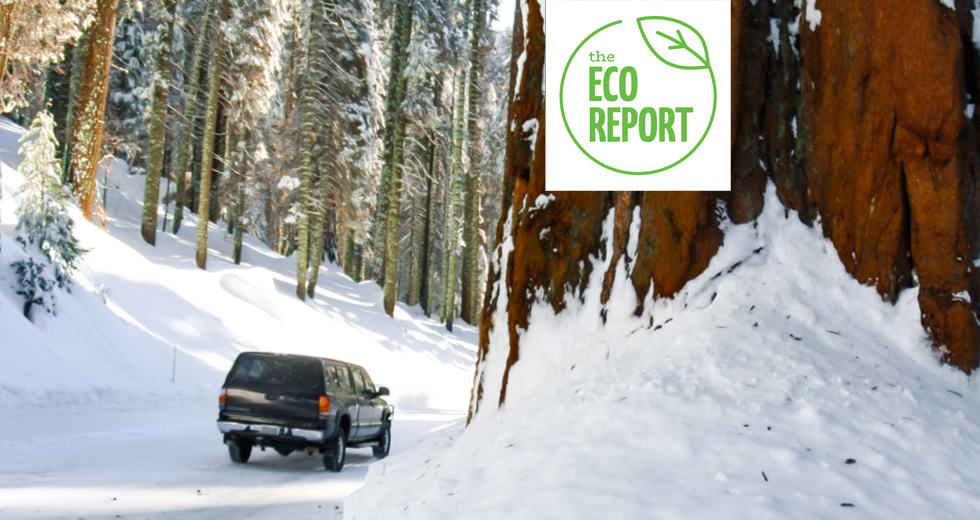When winter hits the Sierra Nevada, managing the roadways can be a complex undertaking. Maintenance crews must continuously evaluate a flurry of variables to manage roadways: snow and ice, freezing and thawing cycles, and changes in sun exposure, elevation, temperature and visibility, as well as heavy traffic when conditions peak for winter recreation activities. The end goal: Keep the roads and the traveling public safe.
One of the fundamental tools used to do that is salt. It lowers the freezing point of water and melts snow and ice. Salting roads became a standard practice in the U.S. in the 1940s, and today, more than 18 million tons of salt are used to deice roads during winter across the country. But the practice has environmental consequences as salt (sodium chloride) dissolves and seeps into soil, groundwater and watersheds and impacts roadside vegetation such as forest trees and aquatic life.
“As you slowly increase those chloride concentrations over time, the ability of different species to live comfortably, to thrive, to adapt and to compete changes.”
Derek Roberts, adjunct researcher, UC Davis Tahoe Environmental Research Center
Plant and animal species have different tolerances for chloride levels, and the accumulation of chloride ions in the environment can become toxic for some, says Derek Roberts, adjunct researcher for the UC Davis Tahoe Environmental Research Center.
“As you slowly increase those chloride concentrations over time, the ability of different species to live comfortably, to thrive, to adapt and to compete changes,” he says, and that shifts the structure of ecological communities. Those findings motivated research coauthored by Roberts that studied increasing chloride levels in lakes near urbanized roadways across the Midwest and Northeast due to salting roads. It can take decades to flush chloride ions out of the environment.
More than 18 million tons of salt are used to deice roads during
winter across the United States. (Shuttestock photo)
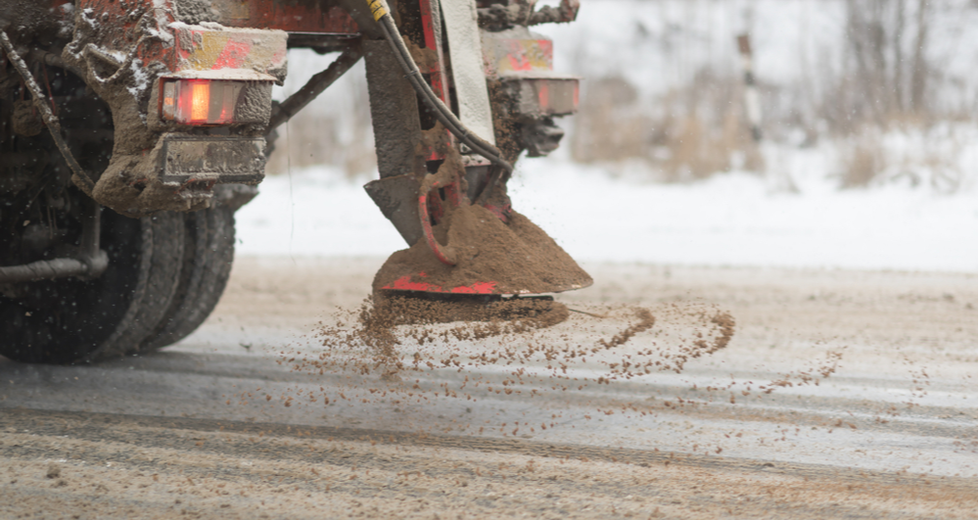
In the Tahoe Basin, efforts to address the environmental impacts of winter road maintenance have primarily focused on fine sediments, which include sand applied to roadways for better traction during winter storms. “In the last 60 years, we’ve seen the water quality in Lake Tahoe degrade. Its famous, revered clarity began to decline,” Roberts says. “That turned out to be due to sediment that was running off roads into the watershed and reaching the lake, so the focus became on sand that’s added to roads.”
Research by the Nevada Tahoe Conservation District in the mid-2000s found the sand used to deice roads was cinder, a volcanic ash-based material, which was being ground into a fine sediment by cars. The fine sediment made its way into watersheds and reduced Lake Tahoe’s clarity, says Meghan Kelly, district manager for NTCD. In response, Russell Wigart, stormwater coordinator for the Tahoe Basin of El Dorado County, led efforts to engineer a decomposed granite that functioned well for traction but didn’t break down.
The engineered sand has been adopted by most counties in the Tahoe Basin as well as by the California and Nevada Department of Transportation. Catchment basins have also been installed to reduce sediment runoff, and road maintenance agencies participate in fine sediment recovery programs that sweep up more than 90 percent of the sand they pour on roads. Thanks to these efforts, Lake Tahoe’s winter clarity has returned, though Kelly says improving summer clarity has been a losing battle with climate change and wildfires.
Now the NTCD is working to secure funding to be matched by U.S. Geological Survey to study increased salinity levels over five years in Glenbrook Creek, a major tributary into Lake Tahoe that could serve as a test case for other drainages. Salinity levels in Glenbrook Creek are “way higher than a lot of the other streams and we are really trying to zero in on why that is,” says Kelly. “Is it 100 percent related to salt application on a dangerous area of (Highway) 50 or is there something geological that’s contributing to it?”
Lake Tahoe’s winter clarity has improved thanks to sediment
recovery programs. (Shutterstock photo)
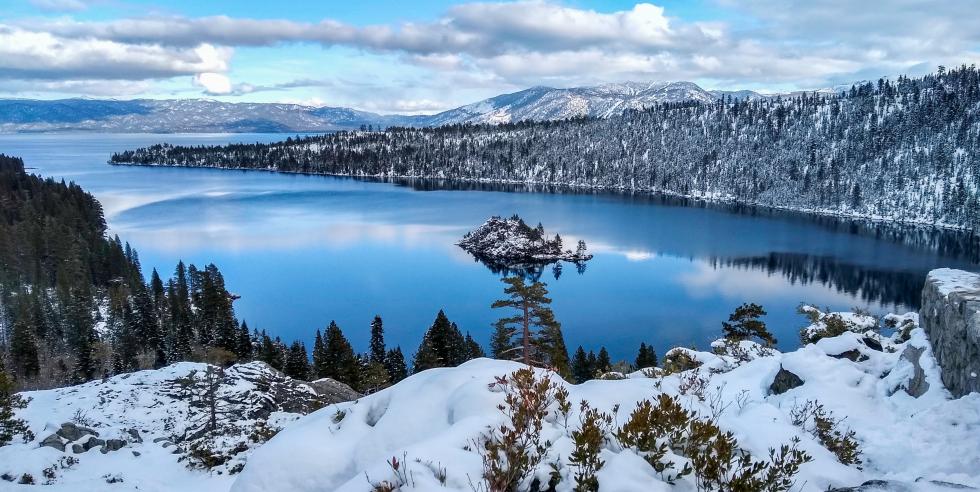
Salinity is estimated by stream specific conductance — the ability of water to pass an electrical current. In natural streams with no urbanization, specific conductance can be between 20 and 40 microsiemens per centimeter, says Ramon Naranjo, research hydrologist for USGS. Conductivity in Glenbrook Creek, which parallels Highway 50, averages 400 microsiemens per centimeter.
The proposed study comes from monitoring efforts by USGS of major streams, including Glenbrook Creek, with nearby highways that flow into Lake Tahoe. “What we have found with watersheds that have highways or high urban land cover occupying much of the drainage, (salinity) concentrations have steadily increased,” Naranjo says. “They’re now twice the concentration of what we observed in the ‘70s.”
“We are entering a new climate in our watersheds where we have more frequent droughts or high intensity stream flow events that may result in changes in the hydrology that we haven’t been measuring before,” he says.
One of the goals of the study is to strengthen communication between the scientific community and road maintenance agencies to determine how road salt applications impact water quality in watersheds and thereby identify potential environmental impacts. It will then be up to agencies to address those findings with alternatives to road salt or other mitigation strategies.
“We are entering a new climate in our watersheds where we have more frequent droughts or high intensity stream flow events that may result in changes in the hydrology that we haven’t been measuring before.”
Ramon Naranjo, research hydrologist, United States Geological Survey
But Wigart says there’s no real technical committee that guides this. “Researchers, there’s a bunch of them out there. They analyze the effects of it, but the management practice to actually change it isn’t really there.”
So far, Naranjo says the NTCD and USGS are in early discussions with El Dorado County, NDOT and Tahoe Regional Planning Agency, with plans to reach out to others, to share their findings. The goal is to raise awareness of what the scientific community still needs to know to evaluate the impacts.
But salting road practices have evolved over the years. Back in the early ‘90s, when Darrell Taylor, Caltrans maintenance manager II for Nevada, Placer, Yuba, Colusa, Glenn, Sutter, Butte and Sierra counties, began working for the state, it was just the basics, he says. “Apply sand, apply salt, get the road open.”
Today, best practices include the application of salt-sand mixtures that use 5 to 10 percent salt to manage roadways in winter. But Sierra Nevada towns still apply tons of sand. For example, depending on the severity of winter, the Town of Truckee applies anywhere between 500 and 2,500 tons of sand, says Dan Wilkins, public works director for the town. The bulk of the sand is applied to 55 miles of higher traffic volume roads. The majority is recaptured through its recovery program, but the small percentage of applied salt still equates to 35 to 175 tons each winter, and that dissolves into the environment.
The product Ice Slicer, a salt mined in Utah with a more complex chemical makeup than sodium chloride, is more effective, though costlier, than traditional rock salt. It is used to reduce the tonnage of salt by some agencies, including Caltrans and Placer County. But it’s still a chloride-based product.
Then there’s brine, a saltwater solution that enables a targeted, more consistent application and better adherence to the road, unlike rock salt, which bounces. It uses significantly less salt, is more effective at deicing and can make it easier to plow the roads quickly. “Sometimes it can make a difference between being able to get snowpack removed from the roadway surface immediately following a storm cycle compared to potentially multiple days or even weeks,” Wilkins says.
While brine isn’t effective in all weather conditions, agencies that use it monitor a multitude of temperature and weather forecasting sources to maximize efficiency. But it also requires equipment to mix it, infrastructure to store it and trucks with spraying technology to apply it.
Brine, a saltwater solution, enables a targeted, more consistent
application and better adherence to the road than rock salt.
(Shutterstock photo)
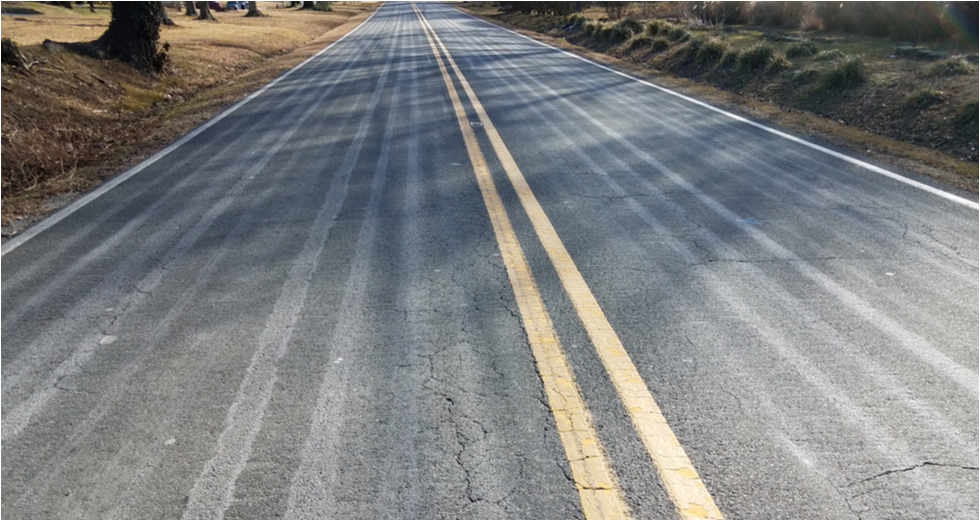
Caltrans began using brine in Kingvale around 2008, when it got its first brine-making machine. Today, within Taylor’s region, there are three brine-making machines and a brine-spraying truck for every yard. He estimates his region uses approximately 30,000 gallons of brine for winter road maintenance over Interstate 80 and California state routes 89, 20, 267 and 49 in an average snow year. That equates to 30 tons of salt, or roughly 50 pounds of product per mile, Taylor says. But he adds that’s a far cry from the 400 to 500 pounds of product per mile some agencies use in the east.
Several local cities and counties that aren’t fully equipped for brine application have expressed interest in participating or adopting Caltrans’ brining program. Nevada City participates in its program under an established agreement. Placer County, which has a brine truck but not the equipment to make the brine, purchases the salt and uses Caltrans equipment to make the saltwater solution.
“You want to keep salt as limited as possible, but public safety ultimately trumps everything when it comes to transportation.”
Russell Wigart, stormwater coordinator, Tahoe Basin of El Dorado County
In El Dorado County, Wigart has implemented some of the region’s most innovative practices and technology in winter road maintenance, including the use of the Epoke spreader, a sophisticated, electronically controlled machine that can not only brine roads but can deliver a sand-brine mix. It wets the sand and brines it, which immediately adheres to the road and stays on longer. He says that’s reduced sand use by 50 percent as well.
“You want to keep salt as limited as possible, but public safety ultimately trumps everything when it comes to transportation,” Wigart says. Road maintenance agencies have long been scrutinized for the volume of salt used on roads.
Alternatives that reduce salt application, such as beet wastewater from beet sugar mills, pickle juice, or potato juice, are on the market, but cost, availability, transportation, and storage needs keep them on the fringe. “It’s not like you can run down to the gas station and pick up a truckload of pickle juice,” Wilkins says.
But Wigart researched alternatives and purchased two 500-gallon tanks of beet wastewater from Michigan in 2015 and saw great results, he says. The county added 5 to 10 percent of beet juice to its brine solution, which reduces the salt used and adeptly melts snow and ice at temperatures well below salt’s capabilities. The tanks lasted three years but cost roughly $20,000 a piece — approximately 100 times more expensive than brine. Wigart says, “Everyone wants to do the right thing, but not everyone wants to pay for it.”
And Naranjo says there’s still a lot of unknowns with the use of these alternative compounds and what impacts they may have on the health of stream ecology and clarity of Lake Tahoe. “It just requires a little bit of time, a little bit of science to answer some of those questions,” he says.
It also comes down to core values: what we’re willing to do to align the safety of public roads with the health of the environment. “There’s a balance somewhere. As much as I love the environment, I’m also a humanist,” Roberts says. “Any of these conversations where we think about protecting the environment, the actions, there’s a cost to them. I think advancing the conversation requires framing it that way so that we’re not shutting out anyone’s opinion on how these things get navigated.” Road maintenance agencies “are just trying to keep people from dying,” he adds. “That’s not an evil thing.”
–
Get The Eco Report and other web series delivered to your inbox: Subscribe to the Comstock’s newsletter today.
Recommended For You
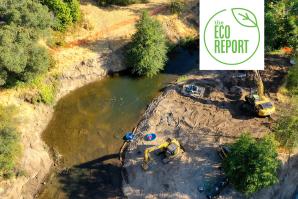
The City of Roseville Restores Its ‘Crown Jewel’
The Dry Creek restoration project is revitalizing habitat
for chinook salmon and steelhead trout.

The Eco Report: Green to the End
Natural cemetery in Lincoln offers environmentally friendly end-of-life options
Imagine selecting your final resting place where bobcats roam,
wildflowers support bees and birds, and trails meander through
rolling grasslands, oak savannah and forested settings.

Flour Power
Long-term wheat research undertaken by UC Davis combats food insecurity
A 20-year study led by a UC Davis scientist and his
colleague at the University of Haifa in Israel was
recently recognized by the U.S.-Israel Binational Agricultural
Research and Development Fund.
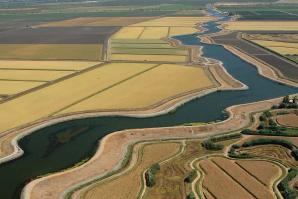
Delta Blues
The battle over water has been fought to a standstill, but there’s hope that science and technology will make voluntary agreements by all sides possible
For decades, the California water debate revolved around one metric: unimpeded flow, which is the amount of water in the river and streams. While flow is still without doubt the key issue, it is no longer the only one.



